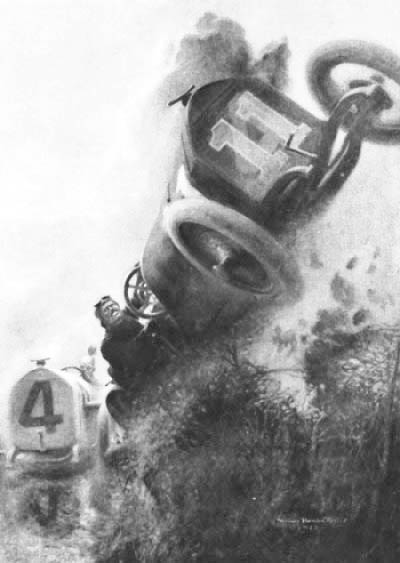What's A Life Worth?
Today, what's a life worth? The University of Houston's College of Engineering presents this series about the machines that make our civilization run, and the people whose ingenuity created them.
Back in 2003, Science magazine reported on the 6-1/2 billion dollar Clear Skies plan for cutting power-plant emissions. The EPA analyzed this plan and estimated that it would save us 93 billion dollars by the year 2020.
You might well wonder how they get that number. It has two parts: One is the cost of health care for respiratory illness, cancer, and the like. The other is a flat six-million-dollar value for each of the estimated twelve thousand lives that'll be saved.
Others in government grew nervous about the initial six-and-a-half-billion-dollar expenditure and did a different calculation. They reduced the value of each life from six to three and a half million dollars and prorated it for older people -- the ones most affected by bad air. (I clearly have less future value to society
than a teenager does.)
So we're reduced to haggling over the dollar value of a human life. The problem is that governments have a finite amount of money to spend. As we make up budgets, we count the cost -- of wars, education, and, ultimately, life itself.
This Science article includes a sidebar on the cost per life saved that is imposed by government regulations. Requiring head-impact protection, like helmets for cyclists, imposes only about 700,000 dollars for each life. I also think we'd agree that child restraints in cars are well worth it. Their net cost is two or three million dollars for each brand-new life that they save.
Most expensive are OSHA requirements that protect us from methylene chloride. We pay thirteen million dollars per life to satisfy those requirements. That sounds excessive until the life saved belongs to someone I deeply care about. Indeed, once one of these losses makes it into the courtroom, its value skyrockets.
Also in this issue we find a note that helps give us perspective. The Germans are building small tunnels under highways so migrating frogs can safely cross them. Barriers along the roadside guide frogs into those tunnels. The half-million-dollar project will get three thousand frogs safely across the roads each spring. Within fifteen years, that'll come to ten dollars per frog.
And so, what's a frog worth? What are you worth? What'll I be worth ten years from now when I'm really old? This arithmetic not only puts us off our feed; it also seems to degrade us. Yet it is arithmetic that we cannot dodge. I spoke to an economist friend who told me, not entirely in jest, that there are two kinds of people, real people and statistical people.
Budgets must be drawn up, and money is always limited. In matters of public safety, statistical people are the only kind that it's possible to deal with. As for our own lives, or those of our children, which are beyond price: Well, to preserve those lives, you and I will always work much harder than any government would ever work on our own behalf.
I'm John Lienhard, at the University of Houston, where we're interested in the way inventive minds work.
(Theme music)
J. Kaiser, How much Are Human Lives and Health Worth? Science, Vol. 299, 21 March 2003, pp, 1836-1837. (See also the note on page 1839, Berlin Builds Frogways.)

No helmet or seatbelt in this 1919 Century Magazine illustration